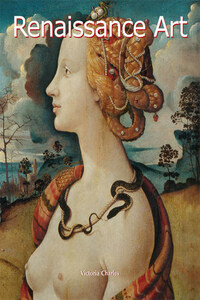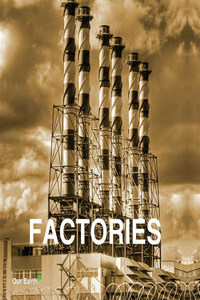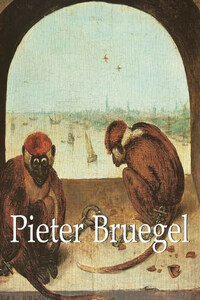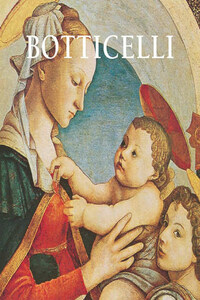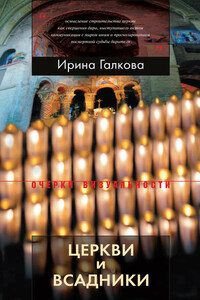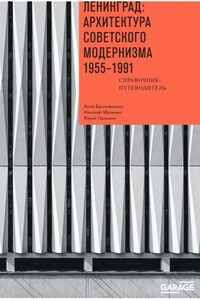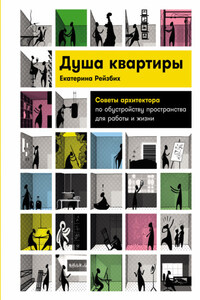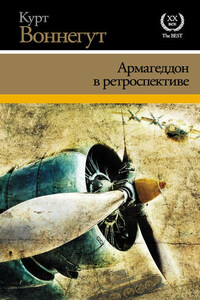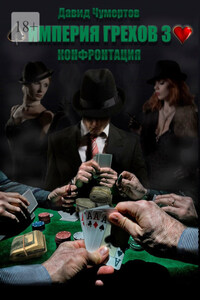Michelangelo Buonarroti, David, 1501–1504.
Marble, h: 410 cm.
Galleria dell’Accademia, Florence.
In the middle of the fourteenth century a cultural transformation took place, a transformation that was initiated in Italy and was called Rinascimento there, and was subsequently known as Renaissance in France. It separated the Middle Ages from the Modern Age and was accompanied by Humanism and the Reformation. This development was a return to the classical arts of Greek and Roman Antiquity. It led to intensive studies of the long forgotten poets, to an enthusiasm for sculpture and for the numerous remains of architecture, even if they only existed as ruins.
Equally important for this development was the development of technology and sciences, which began in today’s Scandinavia, as well as the Netherlands and later in Germany.
In Italy, it was initially architecture which fell back on classical ideals and, a little later, it was sculpture which sought a closer bond with nature. When the architect and sculptor, Filippo Brunelleschi (1377 to 1466), went to Rome to excavate, study and measure the remains of antique buildings, he was accompanied by the goldsmith and sculptor Donatello (around 1386 to 1466). The sculptures found during that time and during later excavations fired the enthusiasm of the sculptors, which, at the end of the fifteenth century was powerful enough to lead Michelangelo to bury one of his pieces of work in the ground, so that shortly afterwards it could be dug up as being “genuinely antique”.
The Italian Renaissance lasted for approximately two hundred years. The early Renaissance is classed as belonging to the years between 1420 and 1500 (the Quattrocento), the heyday of the Renaissance ended about 1520, and the late Renaissance, which turned into Mannerism, came to a close in around 1600 (the Cinquecento). Baroque art (roughly translated as “quirky, eccentric”) developed as an imperceptible transition from the late Renaissance as a further development in Italy and in some other countries and was occasionally seen as a deviant and decadent, but now and again as a higher form of development, dominating until the end of the seventeenth century. After the Renaissance crossed the Alps into Germany, France and the Netherlands, it took a similar course and is classified the same way as in Italy.
Lorenzo Ghiberti, Door of Eden, 1425–1452.
Gilded bronze, 506 × 287 cm.
Baptistery, Florence.
Donatello, David, c. 1440–1443.
Bronze, h: 153 cm.
Museo Nazionale del Bargello, Florence.
The Italian Early Renaissance
The earliest traces of the Renaissance are found in Florence. In the fourteenth century, the town already had 120,000 inhabitants and was the leading power in middle Italy. The most famous artists of this time lived here – at least at times – Giotto (probably 1266 to 1336), Donatello (1386 to 1466), Masaccio (1401 to 1429), Michelangelo (1475 to 1564), Lorenzo Ghiberti (1378 to 1455).
Brunelleschi secured a tender in 1420 to reconstruct the Florentine Cathedral, which was to receive a dome as a proud landmark. The foundation of his design was the dome of the Pantheon, originating in the Roman Empire. He deviated from the model by designing an elliptical dome resting on an octagonal foundation (the tambour). In his other buildings, he followed the forms of columns, beams and chapters of the Greek-Roman master builders. However, owing to the lack of new ideas, only the crowning dome motif was adopted in the central construction, in the form of the Greek cross or in the basilica in the form of the Latin cross. Instead, the embellishments taken from the Roman ruins were further developed according to classical patterns. The master builders of the Renaissance fully understood the richness and delicateness, as well as the power of size in Roman buildings, and complemented it with a light splendour. Brunelleschi, in particular, demonstrated this in the chapel erected in the monastery yard of Santa Croce for the Pazzi Family, with its portico born by Corinthian columns, in the inside of the Medici Church San Lorenzo and the sacristy belonging to it. These buildings have never been surpassed by any later, similar building in so far as the harmony of their individual parts is in proportion to the entire building.
Leon Battista Alberti (1404 to 1472), who like Brunelleschi was not only a master builder, but at the same time also a significant art historian with his writings About Painting (1435) and About Architecture (1451), was probably the first to articulate this quest for harmony. He compared architecture to music. For him, harmony was the ideal of beauty, because for him beauty meant “…nothing other than the harmony of the individual limbs and parts, so that nothing can be added or taken away without damaging it”. This principle of the science of beauty has remained unchanged since then.
